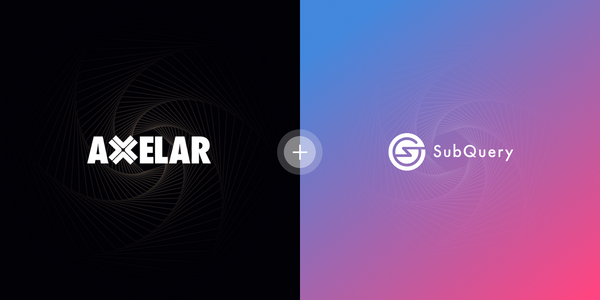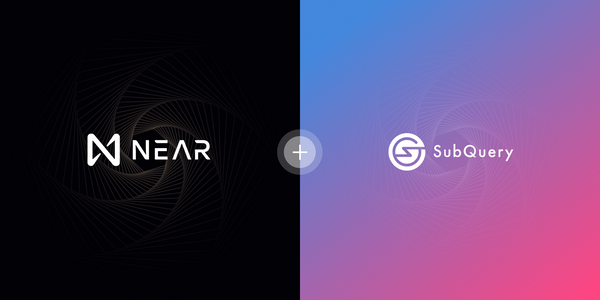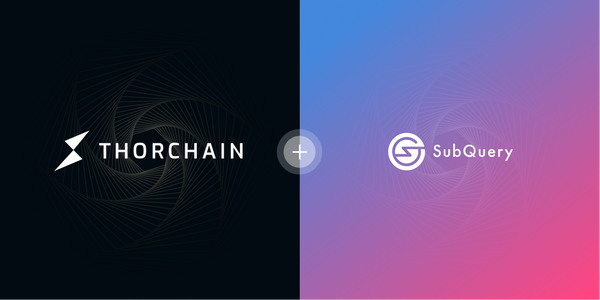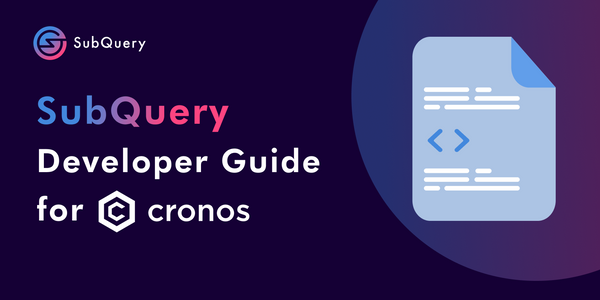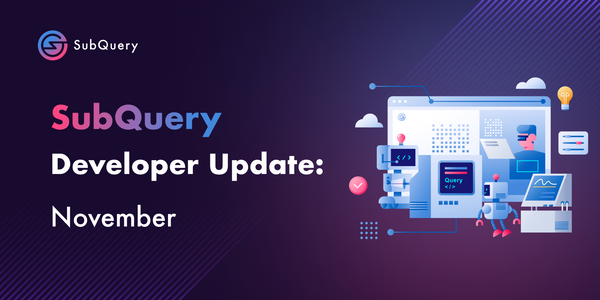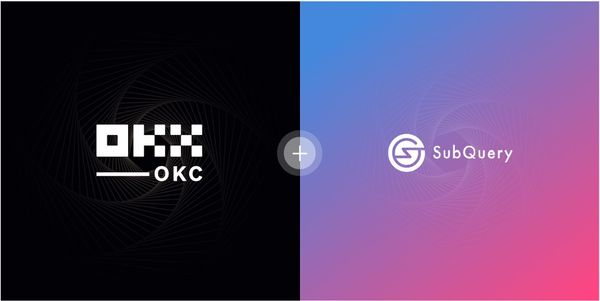Today we’re going to explore the goals that we have with SubQuery and some of the competitive advantages that we think make the SubQuery Network better than our competitors.
SubQuery’s currently provided indexing and transformation data in a centralised way. Although this has allowed us to power some of the top Polkadot projects; DeFi apps like Acala and Bifrost, wallets like Fearless Wallet, NFT platforms like KodaDot, cross-chain bridges like Darwinia, and analytics platforms like SubVis — it has it’s downside.
It requires our users to trust the service we provide, and carries risks associated with a centralised service, like potential server failures or outages that can cripple your applications. This is a major reason why we are moving to a decentralised future.
Our Competitive Advantages
We understand that The SubQuery Network is competing against many players in the decentralised data industry, SubQuery looks to provide unique benefits through a multitude of competitive advantages. Our guiding principles, and what we expect to be the main advantages, are the simplicity and flexibility of our network.
Flexibility
Our first advantage is our flexibility. SubQuery is open source, so anyone has the freedom to define the data set that is specific to their needs, tailored to their applications. Rather than having to combine queries from different API endpoints — you can define the shape of your APIs yourself. It saves time, money, and provides a vastly better experience for your users.
Simplicity
You do not need to be an expert to take advantage of what SubQuery offers. There is literally 3 files that need to be changed to make a working SubQuery project. Our focus will be on making SubQuery easier to use and build with than our competitors — SubQuery’s success depends on the success of our community building the future with it.
Indexer/Delegator Imbalance
Among our competitors, we believe the ability for Indexers to change delegation reward rates without warning is unfair. We try to fix this by requiring Indexers to advertise a decrease to the Query Fee Revenue Share Rate for an entire staking era (28 day period).
Purchase Orders Instead of Curators
In marketplaces like SubQuery, where there are both buyers and sellers of data, signalling demand for future supply is difficult. Other competitors use “curators” to achieve this, participants who predict future demand and are rewarded when that future demand eventuates.
SubQuery has taken a different approach in where we look to Consumers to create an upfront commitment, a purchase order. This can be used both to attract Indexers to new SubQuery Projects, or to attract additional Indexers to existing and uncompetitive SubQuery Projects.
Incentives for Query Performance:
Our Indexer discovery and routing process will include performance data (latency and uptime) for all Indexers, and we will take steps to ensure that Consumers report on this data when unlocking micropayments to Indexers.
This will ideally encourage Indexers in the SubQuery Network to provide infrastructure with high uptime and low latency, the best performance possible.
Focus on Substrate/Polkadot:
SubQuery committed to focus on Polkadot and Substate from the day we started. This allowed our service and tools to be built from the outset to work with Substrate. On top of this, Polkadots unique architecture makes it easier for SubQuery to support multiple current and future blockchains automatically.nt and future blockchains automatically.

